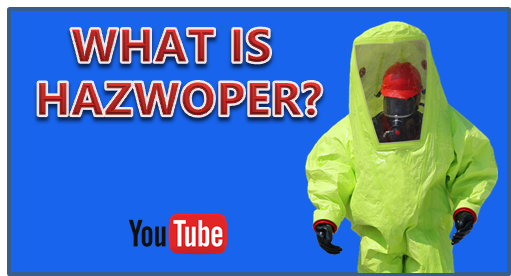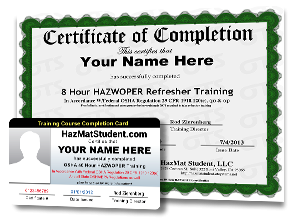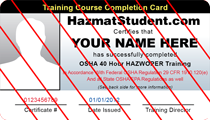Who Should Take This Course?
Hazardous Materials Technicians are emergency responders who are trained to approach the point of a hazardous material spill or release, while using personal protective equipment (PPE), in order to stop or control the hazardous substance. HAZMAT Technicians perform advance control, containment, and confinement operations and use decontamination procedures.
Our online HAZMAT Technician Level III Responder course is designed to help Hazardous Materials Technicians meet the OSHA HAZWOPER requirement of 24 hours of training per 29 CFR 1910.120(q)(6)(iii). Per OSHA, annual refresher training is required with sufficient content and duration to maintain competencies.
This 24 Hour HAZMAT Technician course is comprised of three 8 hour parts, which are completed online:
- Part 1 – First Responder Operations training / FRO training
- Part 2 – Transitioning from an FRO to a Hazardous Materials Technician
- Part 3 – Equipment familiarization and scenario exercise
Our online 24 Hour HAZMAT Technician training is a brand-new course offering, with state-of-the-art training features, including:
- Animations showing an entire HAZMAT emergency from incident notification to termination.
- Video Demonstrations (50 short video clips) which show HAZMAT Response equipment in great detail, as if the student were attending our 8 Hour Hands-on Training.
- Online Tabletop Exercise which allows students to interactively simulate the role of a HazMat Technician, and play their role in a simulated emergency response.
- Fully narrated slides with text, photos, and interactive quizzes.
- Downloadable course manual for reference or note-taking. See adjacent sample page.
For more information on OSHA HAZMAT Technician training requirements or the HAZMAT Tech courses we offer, visit our HAZMAT Technician Training page.









